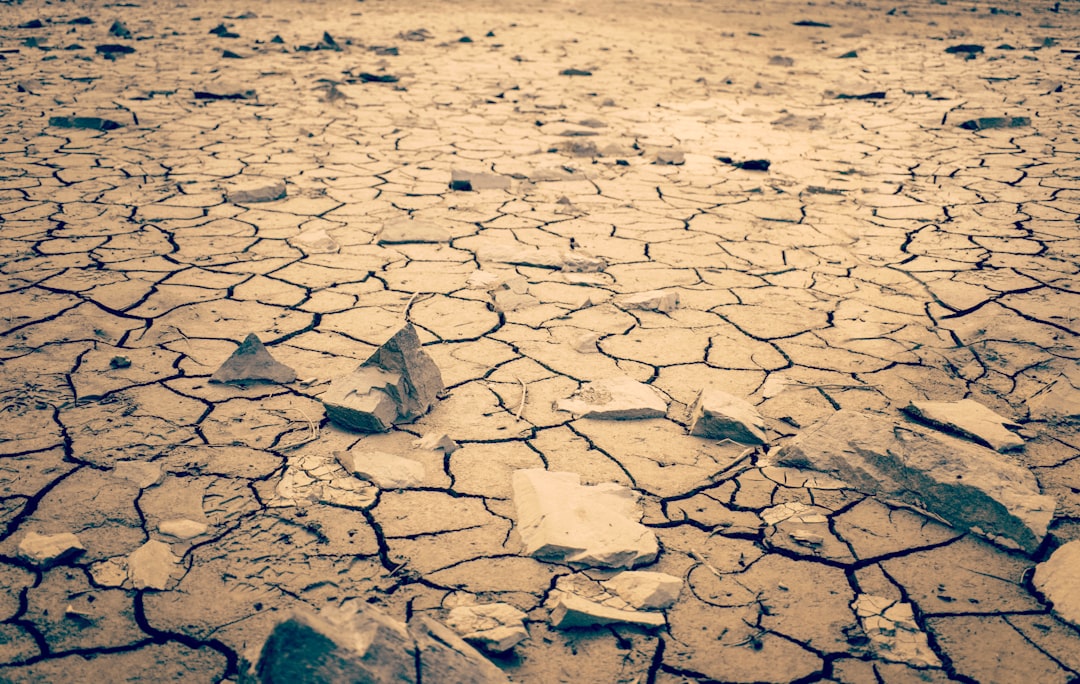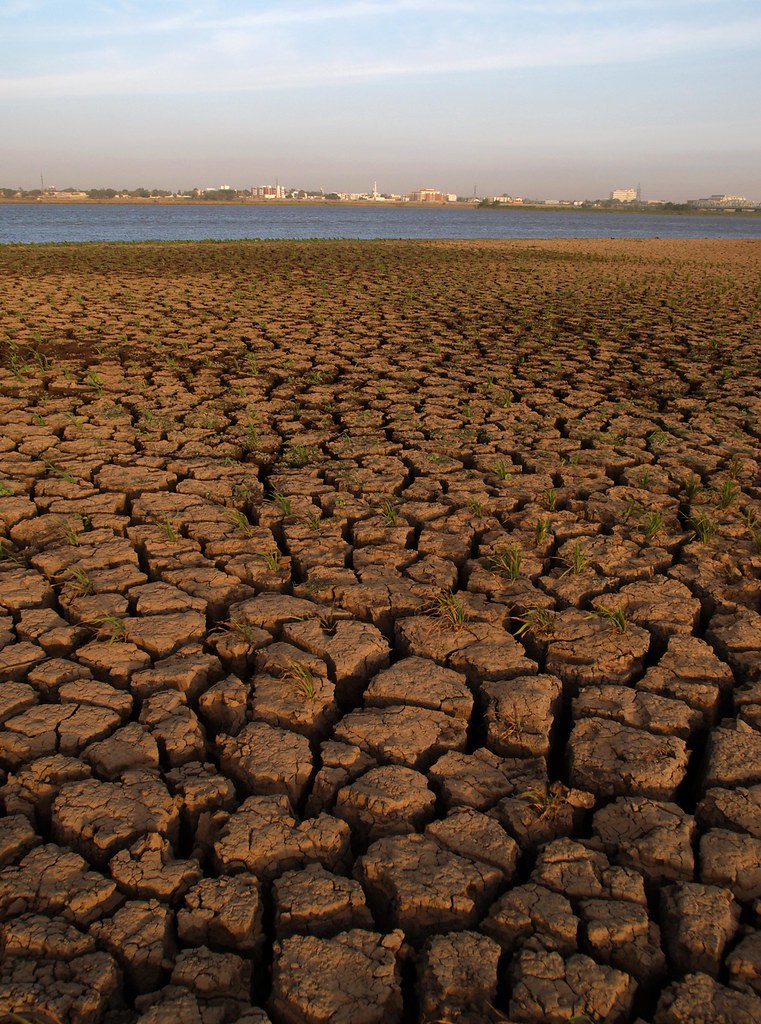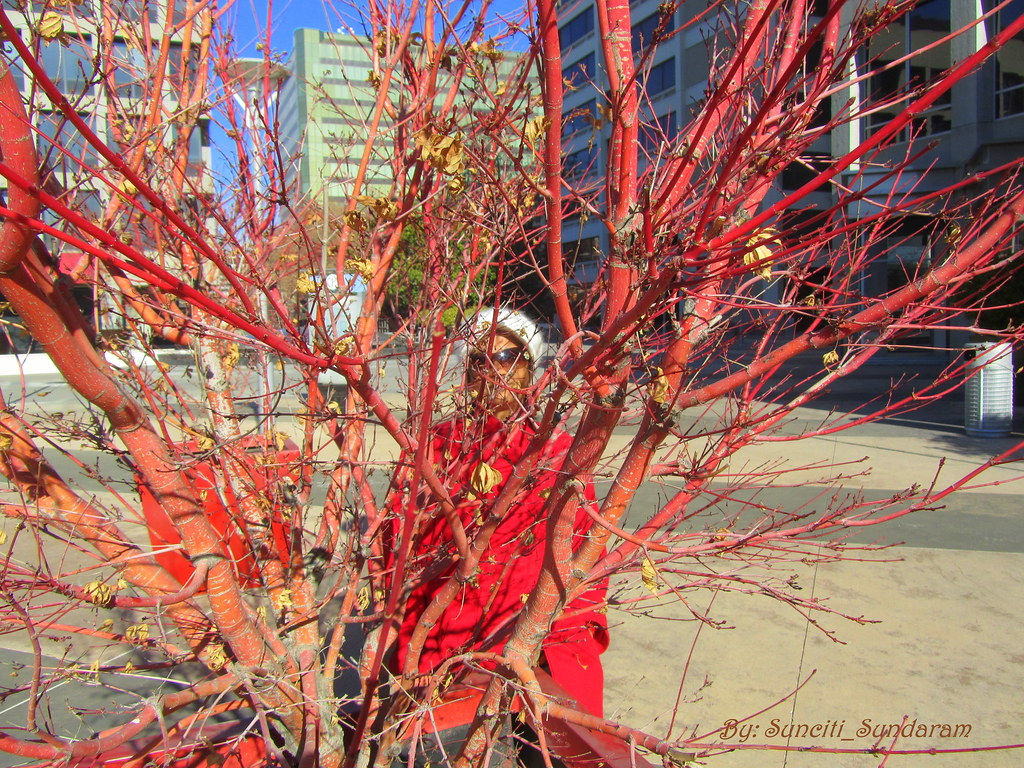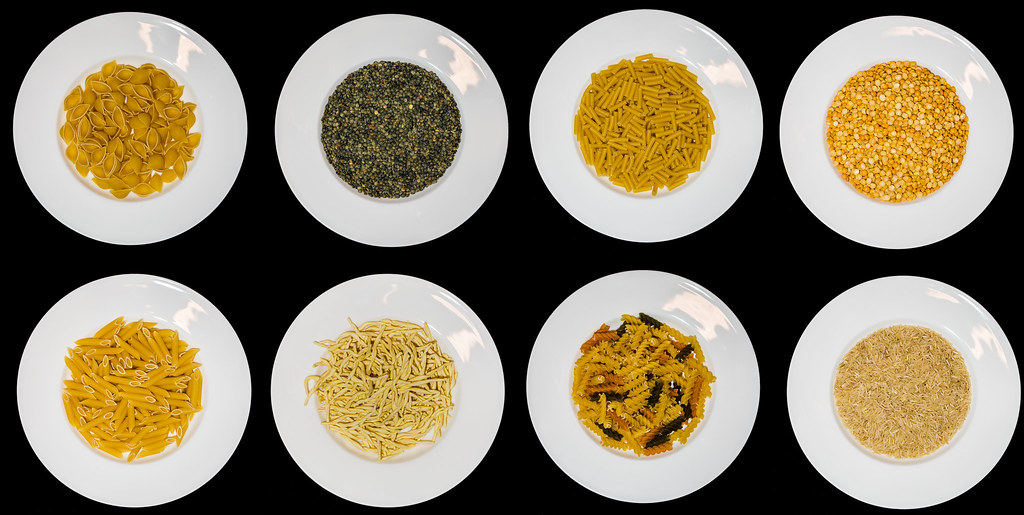
Define bone dry and you’ll find that it refers to an object or substance that is completely devoid of moisture. In the world of ceramics, this term is crucial because it describes the stage at which a clay piece is no longer cool to the touch, having lost all surface moisture, making it ready for the kiln-firing process. This condition is vital for ensuring that pottery doesn’t crack or explode during firing, as any remaining water could rapidly turn into steam and cause destruction. Understanding the stages of dryness in clay, specifically reaching the bone dry stage, allows artisans to predict and control the firing outcomes better.

| Stage of Dryness | Characteristics | Implications |
|---|---|---|
| Leather Hard | Partially dry, feels cool, can be carved or joined | Sculpting and construction stage |
| Bone Dry | Completely dry, no moisture, room temperature | Ready for kiln firing, critical for avoiding cracks |
| Bisque Fired | Fired once, porous, white or slightly pink | Ready for glazing |
The Importance of Bone Dry Clay in Pottery

Achieving the bone dry stage in ceramics is like finding the secret recipe for a perfectly baked cookie—it ensures the outcome is both successful and satisfying. When clay reaches this level of dryness, it has shed all moisture, crucial for preventing any damage during the firing process. At this point, your clay should feel like it’s at room temperature, a telltale sign that it’s ready to take on the intense heat of the kiln without any catastrophes.

By closely monitoring the drying process, potters can ensure their creations are not only aesthetically pleasing but structurally sound as well. So, how can you be sure the clay is bone dry? Besides the touch test, visual cues such as a change in color and a lack of coolness offer hints. This allows artisans to navigate the delicate balance between drying and firing, minimizing the chance of cracks or explosions.
Navigating the Drying Stages

Understanding the progression from wet clay to bone dry is akin to mastering a dance where timing is everything. Let’s break down how you can skillfully guide your clay through these stages:
- Begin with leather hard clay, which still retains some moisture but is firm enough for carving and assembly.
- Gradually expose your piece to air by uncovering it in intervals, ensuring even drying without overexposure.
- Avoid direct sunlight or heat sources that can unevenly dry the surface, leading to warping or cracks.
- Allow more time for larger pieces to dry; patience here ensures the integrity of your work.
Monitoring these stages not only nurtures your creation but also hones your ability to predict and prevent potential pitfalls.
Preparing for Kiln Success
Patience truly pays off once you’ve reached the bone dry stage, as it’s the perfect launchpad for the next phases of your pottery journey. A piece that’s been allowed to dry gradually and thoroughly ensures a stress-free kiln experience. As the firing process begins, any residual moisture can pose a threat; hence, bone dry clay is your ally against such risks.
Once your pottery has survived the initial bisque firing unscathed, it transforms into a canvas ready for artistic glazing. The thrill of opening the kiln after a successful bisque remains one of the most rewarding experiences for potters, where their carefully calculated patience is richly rewarded.
Are there any drying techniques that have become a staple in your pottery process, or have you experienced the dreaded crack during firing? Share your stories or tips in the comments—we’d love to hear from fellow artisans who navigate these meticulous stages in creative and inventive ways!
If you’re interested in how the concept of bone dry applies to other contexts, you might find the article, “Where has all the rain gone? Bone-dry October strikes much of US”, providing insight into weather phenomena interesting.
Additionally, for a more detailed look into climatic impacts, the piece titled “A Bone-Dry Start to October” explores such occurrences. Finally, for more and constantly updated articles, visit our recent content page.
As we’ve explored the meaning of “bone dry,” it’s clear how essential moisture levels are, especially in fields like ceramics. Understanding this term not only helps in crafting the perfect clay piece but also deepens our appreciation for the intricate processes behind creating something truly durable and beautiful.
Join Our Community
We'd love to keep the conversation going and share more insights with you! Connect with us on Instagram to stay updated on our latest posts and discover more fascinating topics. Your journey into the world of ceramics and beyond is just beginning, and we're excited to have you with us.
